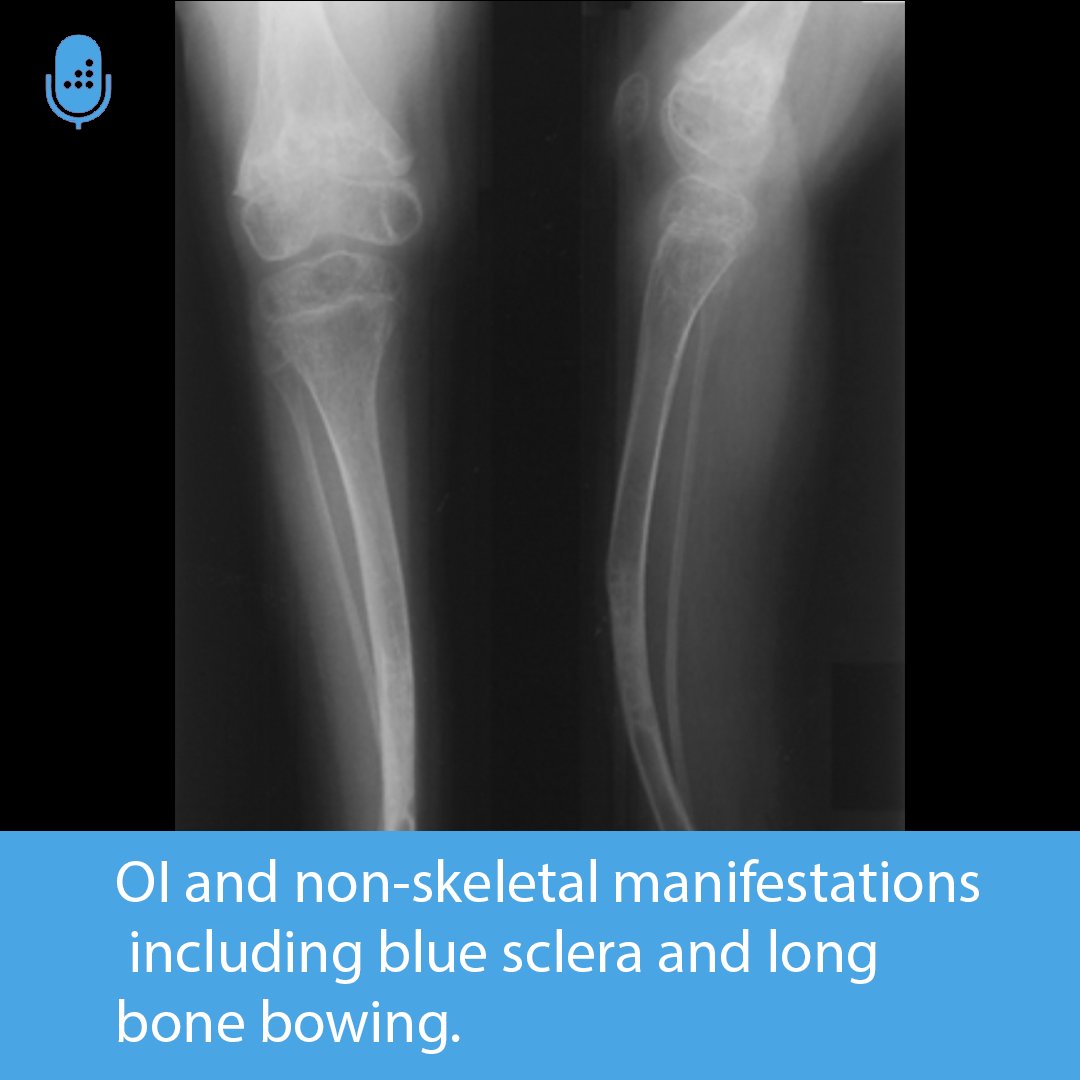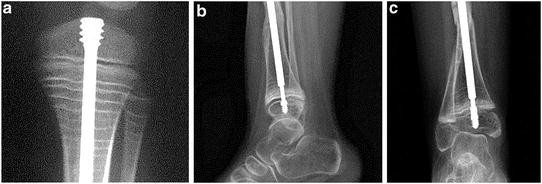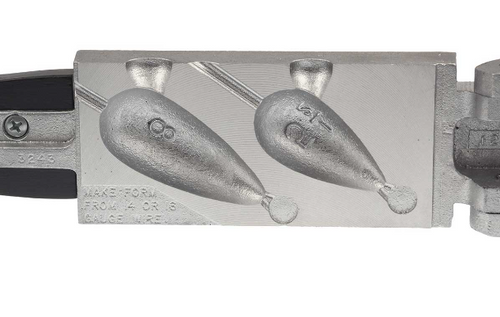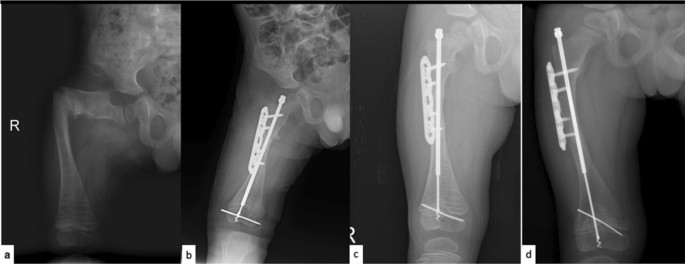
Fixation techniques in lower extremity correction osteotomies and
Introduction Osteogenesis imperfecta is a genetic disorder leading to multiple fractures and deformities. Intramedullary rods have been used in the surgical treatment of osteogenesis imperfecta for decades. Complication rates reported by current techniques have been high. This study aimed to examine the results of intramedullary fixation combined with plate and screw technique in patients with osteogenesis imperfecta compared to isolated intramedullary fixation. Methods Between 2006 and 2020, forty patients who had surgical treatment for deformities or fractures of the femur, tibia or both with at least two years of follow-up after surgery were included in the study. Patients were divided into groups according to fixation methods. Group 1 was intramedullary fixation only (Titanium Elastic Nail [TEN], Rush Pin, and Fassier-Duval Rod), and Group 2 was intramedullary fixation combined with plate and screws. Medical records and follow-up radiographs were reviewed to evaluate healing and callus formation, types of complications and infection rates. Results The total number of operated lower extremities of these forty patients was 61 (45 femur and 16 tibia). The mean age of the patients was 9.3 ± 4.6 years. Mean follow-up duration of the patients was 4.4 ± 1.7 years. Thirty-seven (61%) were in Group 1, and 24 (39%) were in Group 2. There was no statistically significant difference in callus formation time between Group 1 and Group 2 (p = 0.67). Complications occurred in 21 of 61 surgeries. While 17 of these complications were in Group 1, 4 were in Group 2 (p = 0.01). Conclusion Intramedullary fixation combined with the plate and screw technique in children with osteogenesis imperfecta is successful considering the complications and revision requirements.

PDF] Early telescopic rod osteosynthesis for Osteogenesis Imperfecta patients

Foot and Ankle Charcot Reconstruction with External Fixation
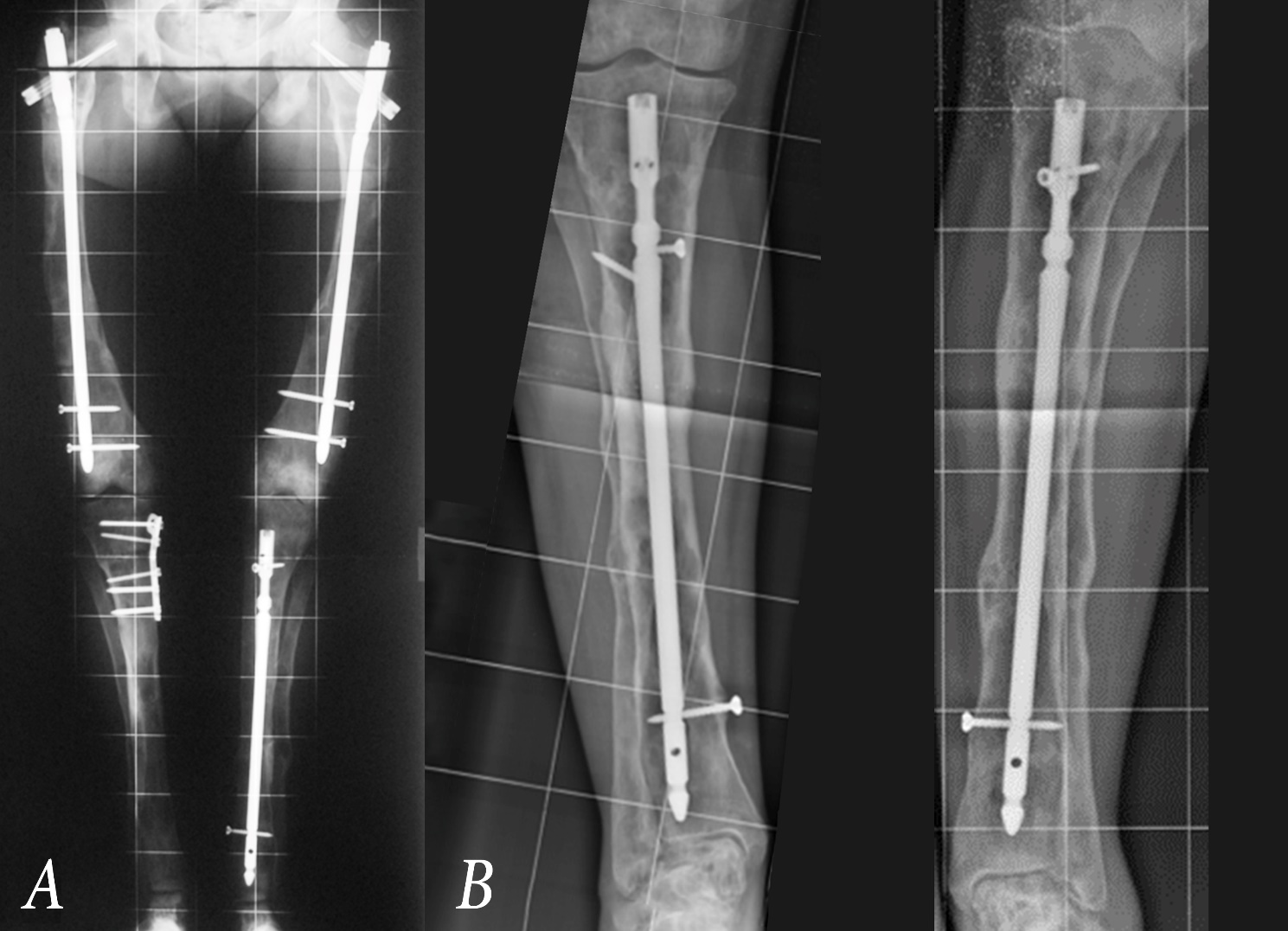
Surgical correction of valgus deformities of the knee in
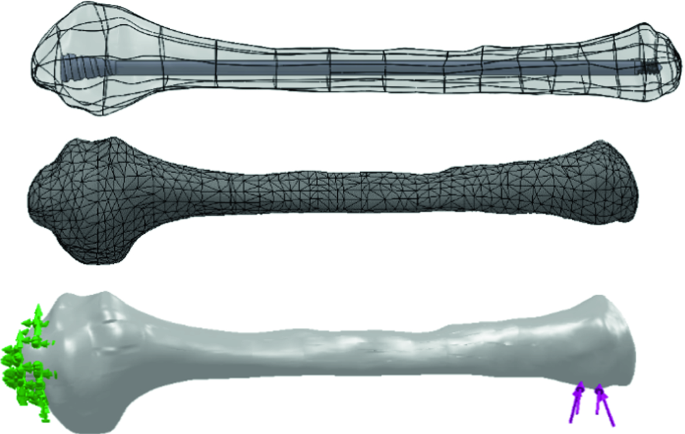
Design and Comparative Numerical Analysis of Designs of Intramedular Telescopic Systems for the Rehabilitation of Patients with Osteogenesis Imperfecta (OI) Type III

Guney Yilmaz's research works Hacettepe University, Ankara and other places

Corrective Osteotomies Around the Knee

Locking plate placement with unicortical screw fixation adjunctive to intramedullary rodding in long bones of patients with osteogenesis imperfecta.

Diagram showing design of Fassier -Duval rod( Makhdom et al., 2015).
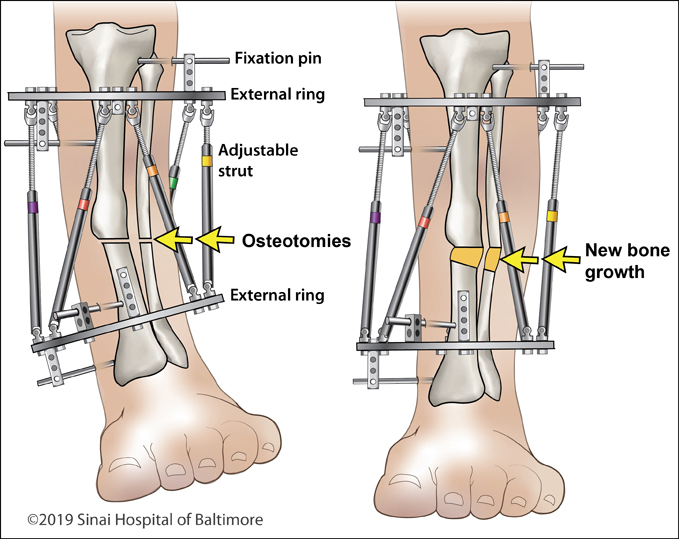
Deformity Correction: The Process International Center for Limb
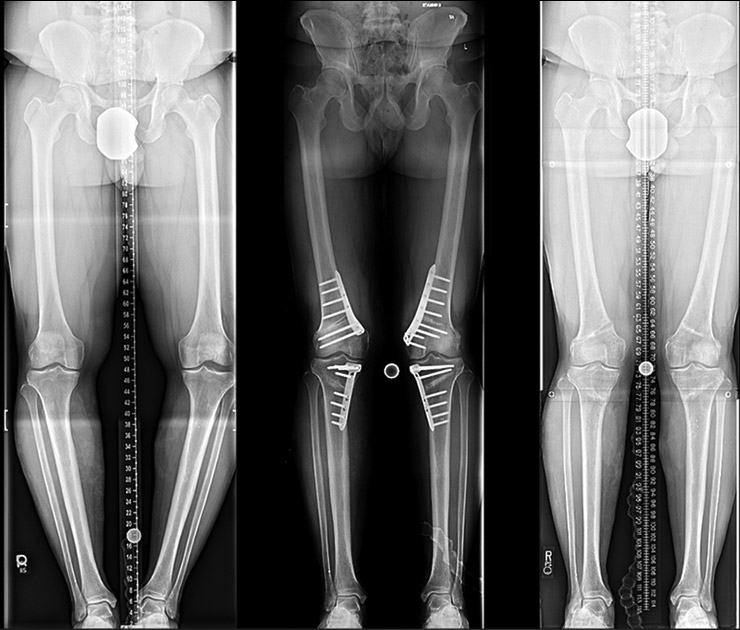
Should adults have their bow leg condition corrected?

Surgical treatment of osteogenesis imperfecta: a summary of the incidence of femoral implant-related complications in children with Sillence type I, III and IV

JCM, Free Full-Text

Surgical Approaches for Charcot Foot - Orthofix
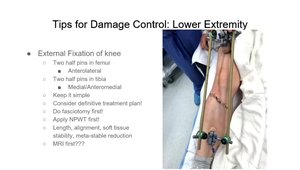
External Fixation Lower Extremity

